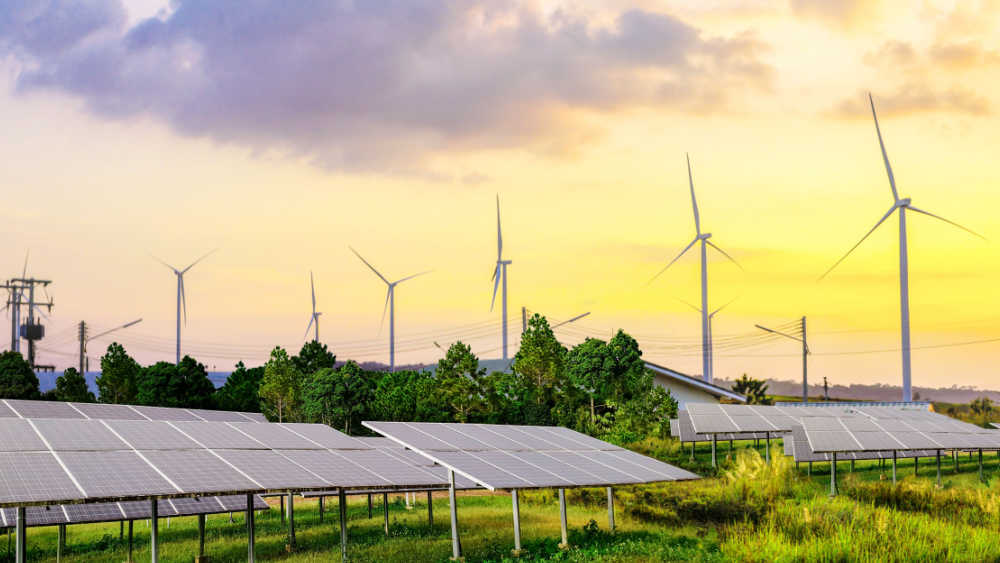Shedding light on energy in Europe - 2024 edition

From lighting up our homes to powering industry and transport, energy plays a crucial role in our daily routines. But where does this energy come from? What types of energy do we use in the EU? How reliant are we on imports? Are we managing our energy consumption effectively? How are we advancing towards adopting renewable energy sources?
The 2024 edition of Shedding light on energy in Europe addresses these questions and many more. The publication, which includes dynamic visualisations and short texts, is divided into four main sections: energy sources, energy consumption, energy and environment and EU policies.
The publication consolidates key energy indicators released for 2022, along with the latest gas and electricity prices for the first half of 2023 and the greenhouse gas emission indicators for 2021.
In 2022, the EU produced around 37% of its own energy, while 63% was imported. Analysing the total EU energy mix for that year, it mainly consisted of five different sources: crude oil and petroleum products (37%), natural gas (21%), renewable energy (18%), solid fossil fuels (13%) and nuclear energy (11%).
When looking at the energy produced in the EU in 2022, renewable energy (43%) was the largest contributing source, ahead of nuclear energy (28%) and solid fossil fuels (19%). To start exploring this publication, take a look at the distribution of energy sources produced in your country.
For more information
- Shedding light on energy in Europe – 2024 edition
- Interactive visualisations on energy
- Statistics 4 beginners on energy
- Statistics Explained articles on energy
- Thematic section on energy
- Database on energy
If you have any queries, please visit our contact us page.
